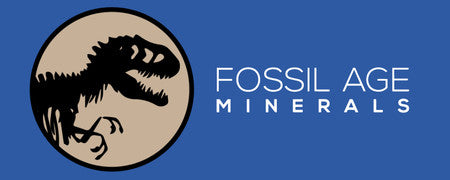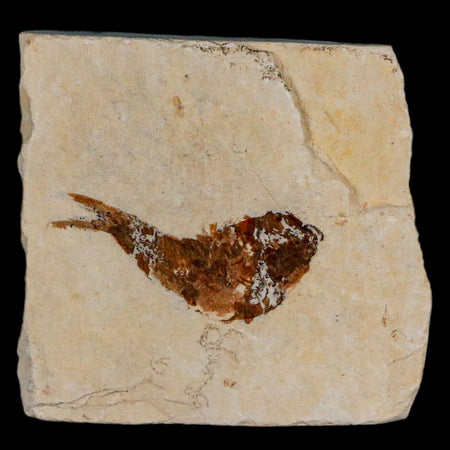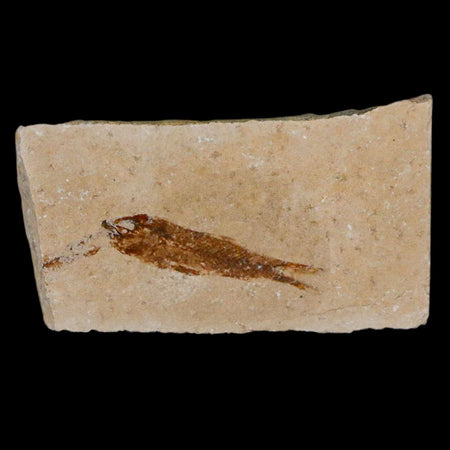1.9" Thescelosaurus Fossil Vertebrae Bone Cretaceous Dinosaur Lance Creek WY COA
Location: Lance Creek Formation, Weston County, Wyoming (Private Land Origin)
Weight: 1.9 Ounces
Dimensions: 1.9 Inches Long, 1.6 Inches Wide, 1.3 Inches Thick
The item pictured is the one you will receive.
This is a genuine fossil.
Late Cretaceous 67 Million Years Old
Name: Thescelosaurus (Wondrous lizard).
Diet: Herbivore.
Size: Between 2.5 and 4 meters,
Known locations: Canada, Alberta - Dinosaur Park Formation, Oldman Formation, Scollard Formation, Saskatchewan - Frenchman Formation, Ravenscrag Formation. USA, Colorado - Laramie Formation, Montana - Hell Creek Formation, Lance Formation, New Mexico - Fruitland Formation, North Dakota - Hell Creek Formation, South Dakota - Hell Creek Formation, Lance Formation, Wyoming - Lance Formation.
Time period: Maastrichtian of the Cretaceous.
Thescelosaurus seems to have been one of the main herbivorous dinosaurs roaming around North America towards the end of the Cretaceous period. The first fossils of Thescelosaurus began to be recovered in the closing decade of the nineteenth century, but were not described until 1913 by Charles W. Gilmore, who provided a much more detailed description in 1915. For over a hundred years afterwards numerous individuals of Thescelosaurus were recovered from across the central portion of North America, resulting in three distinct species being named. One former genus called Bugenasaura has also been discovered to be a junior synonym to Thescelosaurus. Another genus named Parksosaurus that in the past has been speculated to be synonymous with Thescelosaurus, has in recent times been re-affirmed as a distinct genus.
Thescelosaurus had pointed teeth at the front of the mouth and leaf shaped teeth towards the back. Leaf shaped teeth like these are common in herbivorous dinosaurs that feed upon softer plants as they easily slice through leafy plant material. The pointed teeth are a little more puzzling however, as they are not as well suited to an exclusive diet of plants. This has led some to speculate that Thescelosaurus might have been omnivorous, either eating small animals like lizards or occasionally scavenging carrion. Prominent ridges on the maxilla bones of the skull and the observation that the leaf-shaped maxilla teeth are set well inside the mouth support the idea that Thescelosaurus had quite muscular cheeks to stop food spilling out of the sides of the mouth when processing food. Six pairs of small teeth were also present in the pre-maxilla, though the tip of the premaxilla was toothless to accommodate the horny beak that covered the front of the mouth. This beak would have been the primary shearing apparatus when cropping plants.






















